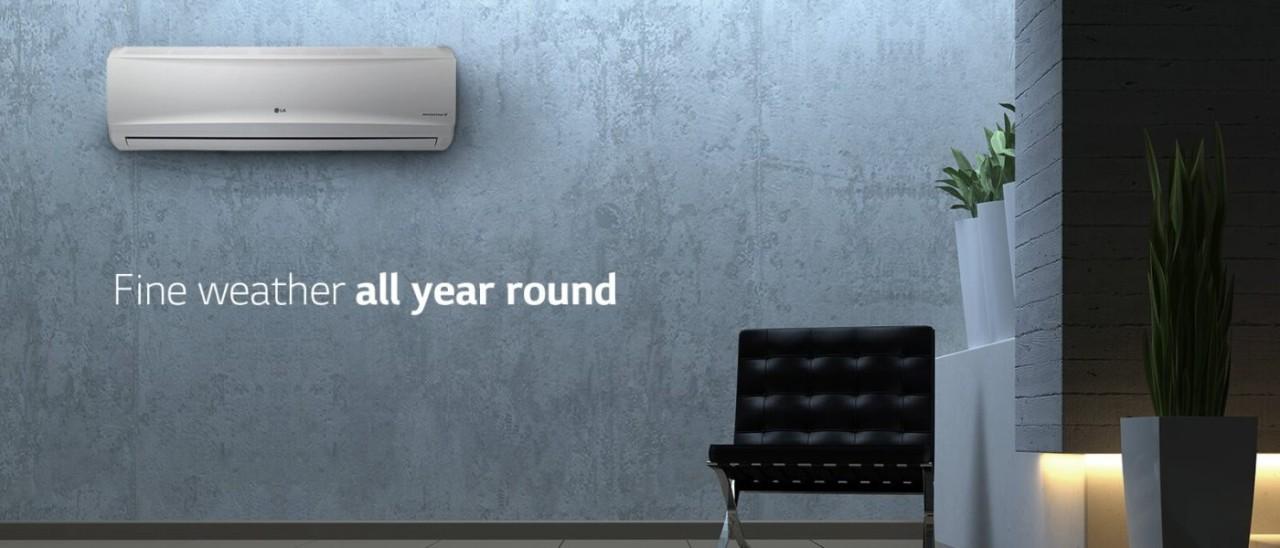Are you feeling overwhelmed by the costs of inverters and unsure of how to navigate the market? Look no further! In this ultimate guide, we break down everything you need to know about inverter costs, from factors that influence pricing to tips on finding the best deals. Get ready to demystify inverter expenses and make informed decisions for your energy needs!
Introduction to Inverters: What are they and how do they work?
Inverters are an essential component of modern-day technology, playing a crucial role in converting direct current (DC) into alternating current (AC). They are widely used in various applications such as solar panel systems, electric vehicles, home appliances, and industrial machinery. As the demand for renewable energy sources increases, the need for inverters is also on the rise.
Factors Affecting Inverter Costs: Quality, Power Output, and Features
Inverters are an essential component of any solar PV system, converting the direct current (DC) electricity produced by your solar panels into alternating current (AC) that can be used to power your home or business. As with any technology, there are various factors that can affect the cost of inverters prices. In this section, we will discuss three key factors: quality, power output, and features.
Types of Inverters and Their Price Ranges: Grid-Tie, Off-Grid, and Hybrid
Inverters are essential components of any solar power system, as they are responsible for converting the direct current (DC) electricity generated by solar panels into alternating current (AC) electricity that can be used in our homes and businesses. However, not all inverters are created equal, and understanding the different types of inverters and their price ranges is crucial when considering the cost of a solar installation.
Grid-Tie Inverters:
Grid-tie inverters, also known as grid-interactive or grid-connected inverters, are the most commonly used type of inverter in residential and commercial solar installations. As the name suggests, these inverters are designed to be connected to the main utility grid. They work by synchronizing with the frequency of the utility’s AC power supply and feeding excess energy from your solar panels back into the grid. This allows you to earn credits for any surplus energy produced by your system, which can then be used to offset your electricity bill.
Off-Grid Inverters:
Unlike grid-tie inverters that require a connection to the utility grid for operation, off-grid inverters are designed specifically for stand-alone systems that do not have access to utility power. These systems typically use batteries to store excess energy produced during peak sunlight hours and use it later when there is no sun. Off-grid inverters must be able to convert DC electricity from both solar panels and batteries into usable AC power.
Hybrid Inverters:
As the name implies, hybrid inverters combine the functionality of both grid-tie and off-grid inverters. They allow you to use solar power when it is available and switch to a battery backup system during times of low sunlight or during power outages. Hybrid inverters are becoming increasingly popular as they offer homeowners increased energy independence and resilience.
Additional Costs to Consider: Installation, Maintenance, and Warranties
When considering the costs of an inverter, it is important to not only look at the initial purchase price but also take into account additional expenses such as installation, maintenance, and warranties. These factors can greatly impact the overall cost and should be carefully considered before making a decision.
Tips for Choosing the Right Inverter for Your Needs and Budget
When it comes to choosing the right inverter for your needs and budget, there are a few key factors that you should keep in mind. Inverters can vary greatly in terms of their features, capabilities, and price points. Therefore, it’s important to carefully consider your specific needs and budget before making a purchase.
Here are some tips to help you choose the right inverter for your needs and budget:
1. Determine Your Power Needs:
The first step in choosing the right inverter is to determine how much power you will need. This will depend on the types of appliances or devices that you plan on using with your inverter. Make a list of all the electronics you plan on powering with the inverter and their wattage requirements. This will give you an idea of what size or capacity of inverter you will need.
2. Consider Your Budget:
Inverters come at different price points depending on their size, features, and brand. It’s important to set a realistic budget for yourself before starting your search for an inverter. A higher-priced inverter may have more features and a longer lifespan, but if it exceeds your budget, it may not be worth investing in.
3. Research Different Types of Inverters:
There are various types of inverters available on the market today such as modified sine wave inverters, pure sine wave inverters, grid-tie inverters, etc. Each type has its own advantages and disadvantages which can impact both its cost and functionality.
4. Consider Your Usage:
Another important factor to consider is how often you plan on using the inverter and for what duration each time. If you plan on using it frequently or for longer periods of time then investing more money into a high-quality product might be worth it as it will have better durability.
5. Look at Reviews:
Before making any purchase decision, take some time to look at reviews from other customers. This will give you an idea of the reliability and performance of different inverters on the market. Additionally, reading reviews can also help you narrow down your options and choose a brand or model that is well-reviewed and within your budget.
Comparing Brands and Models: Which Ones Offer the Best Value for
When it comes to purchasing an inverter, one of the key factors that consumers consider is its cost. However, simply comparing prices between different brands and models may not give a clear understanding of which inverter offers the best value for money. In this section, we will explore the various factors that should be taken into consideration when comparing brands and models to determine their true value.
Firstly, it is important to look beyond the initial cost of an inverter and consider its long-term savings potential. This includes evaluating its efficiency rating and estimated lifespan. A higher efficiency rating means that the inverter will convert more of the energy it receives from your solar panels into usable electricity, resulting in lower electricity bills over time. Similarly, a longer lifespan can also contribute to overall savings as you won’t need to replace the inverter as frequently.
Another aspect to consider is the warranty offered by different brands and models. A longer warranty period typically indicates a higher quality product and gives consumers peace of mind knowing that they are protected against any potential defects or malfunctions. It is important to carefully read through the terms and conditions of a warranty as they can vary between manufacturers.
In addition, it is worth researching customer reviews and feedback on different brands and models before making a decision. This can provide valuable insights into real-world experiences with specific inverters, including any common issues or concerns raised by users.






